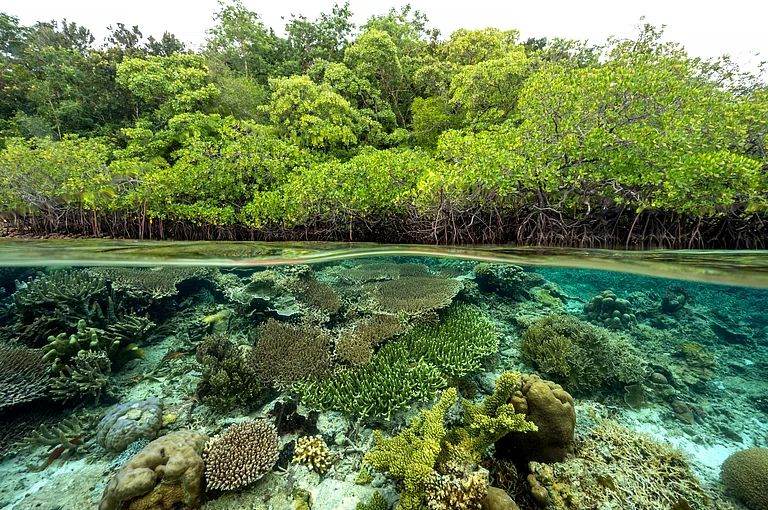Arctic seals’ populations decline due to ice loss, maritime traffic, and human activity.
Over 60% of global bird species now have decreasing populations worldwide.
Conservation successes, like green sea turtle recovery, highlight potential for species rebound.
Rising Threats to Arctic Seals, Birds Noted in Updated Endangered Species List
Rising threats to Arctic seals and birds highlighted in IUCN update
Arctic seals and birds are experiencing growing threats due to climate change and human activity, according to an updated list of endangered species recently released by the International Union for Conservation of Nature (IUCN).
The world’s top conservation body also stated that habitat loss driven by logging and agricultural expansion have emerged as a threat to birds, while seals were at risk mostly due to global warming and human activities including maritime traffic.
The IUCN also said that it was changing the status of the hooded seal from vulnerable to endangered while bearded and harp seals are now classified as near threatened.
"This timely global update highlights the ever increasing impact human activity is having on nature and the climate and the devastating effects this has," its Director General Grethel Aguilar told reporters at its World Conservation Congress in Abu Dhabi, reported AFP.
According to the IUCN, the IUCN red list now includes 172,620 species of which 48,646 are threatened with extinction. The report also stated that global warming is occurring four times faster in the Arctic than in other regions which is drastically reducing the extent and duration of sea ice cover. This threatens all ice-dependent seals, walrus and other marine mammals in the Arctic, as well as Antarctic ice-seals and sub-polar seal species that depend on ice such as the Caspian seal. Maritime traffic, mining and oil extraction, industrial fishing and hunting are among other risks to the species.
The IUCN report also indicated that overall 61% of bird species have declining populations — an estimate that has increased from 44% in 2016. The research, which spanned for over nine years, also found that 1,256 (or 11.5%) of the 11,185 species assessed are globally threatened.
Arctic Biodiversity at Risk
In addition to the most recent update to the IUCN Red List, Arctic ecosystems are undergoing drastic and quick changes due to human activities. According to the US National Oceanic and Atmospheric Administration (NOAA) Fisheries, increased maritime traffic, oil extraction and industrial fishing disrupt ecosystems and contribute to habitat loss.
For instance, the ringed seals, which are the smallest and most common Arctic seal, depend on the ice in the snow-covered lairs (snow caves) in late winter through early spring to whelp and nurse their pups. Ringed seals could be directly affected by noise and physical disturbance of habitat associated with such activities.
However, the US NOAA Fisheries has been instrumental in the recovery of green sea turtle populations through consistent conservation efforts. While the recovery of green sea turtles is a positive development, ongoing threats indicate the need for sustained commitment to marine conservation.
